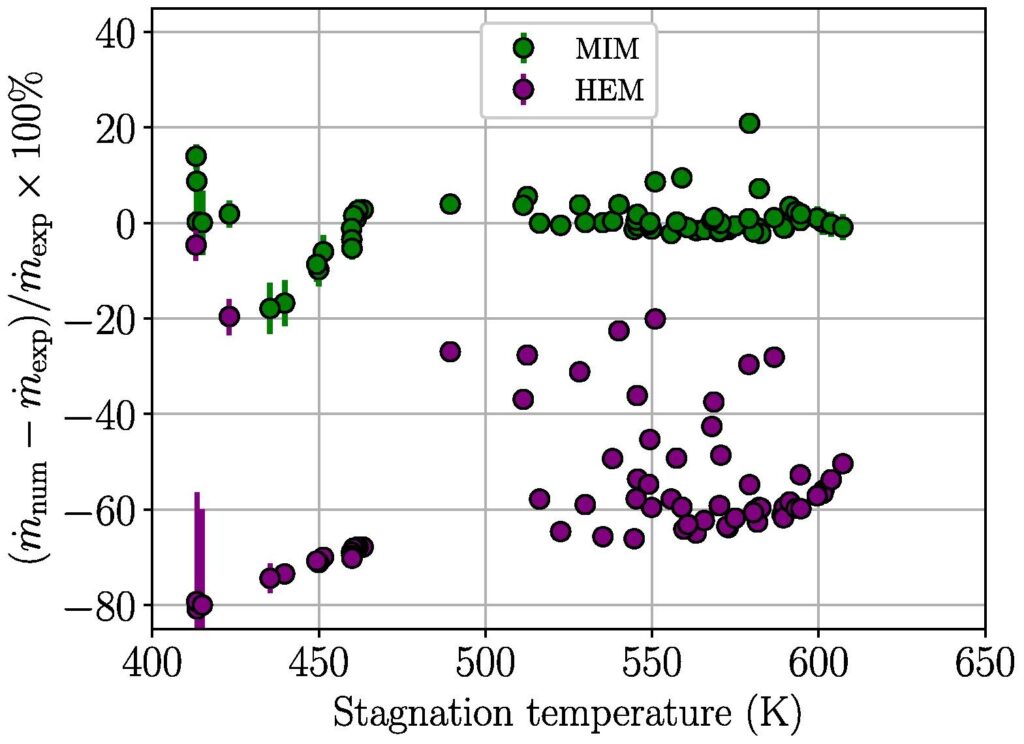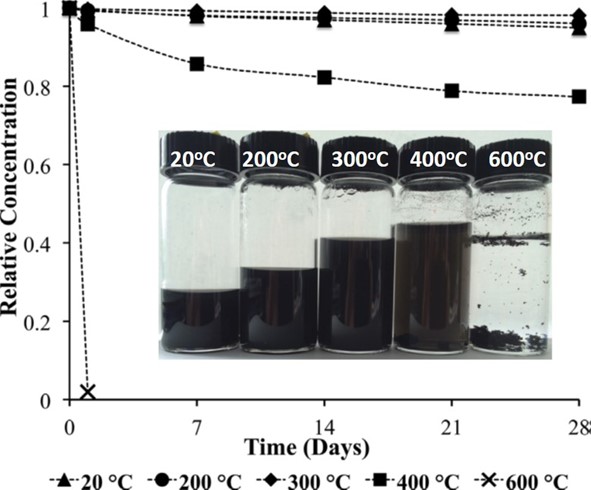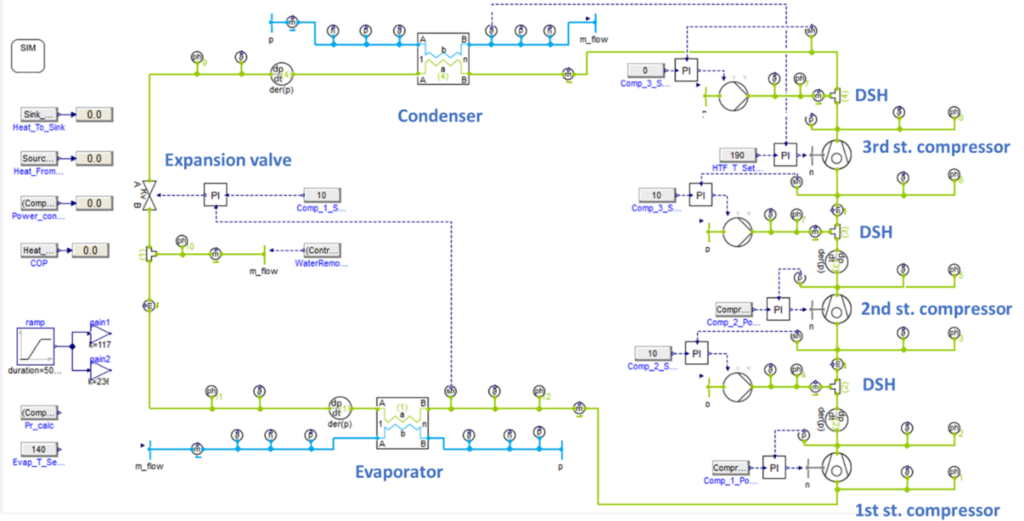This month, our consortium has released three scientific works available in open-access: one article in a specialized journal and two public deliverables.
The article, Choked liquid flow in nozzles: Crossover from heterogeneous to homogeneous cavitation and insensitivity to depressurization rate, compares two theoretical methodologies, based on delayed equilibrium models, to available experimental data on the critical mass flow rates of CO2 and H2O through nozzles, and achieves a very good predictability. This work is particularly useful for the development of the ejector chillers in WP4.

The two deliverables, available here, focus on a literature review of nanofluid based HTF and the integration of the heat pump to the whole SHIP200 system, respectively.
The literature review, D2.4, presents recent advances and research on nanofluids at high temperatures and the application of nanofluids to solar collectors, focusing on their enhanced thermophysical properties, but also the important challenges with the use of nanofluids, especially their stability at temperatures above 100 °C.

The D3.1 presents an evaluation of two initial heat pump concepts and integration principles for SHIP200: a high-temperature concept based on water/steam (R718) for short term heat delivery up to 200°C and a reversed Brayton heat pump concept based on CO2 (R-744) for long-term heat delivery up to 250°C. Model improvements to both concepts will be made to improve simulation accuracy and performance in the next months.
